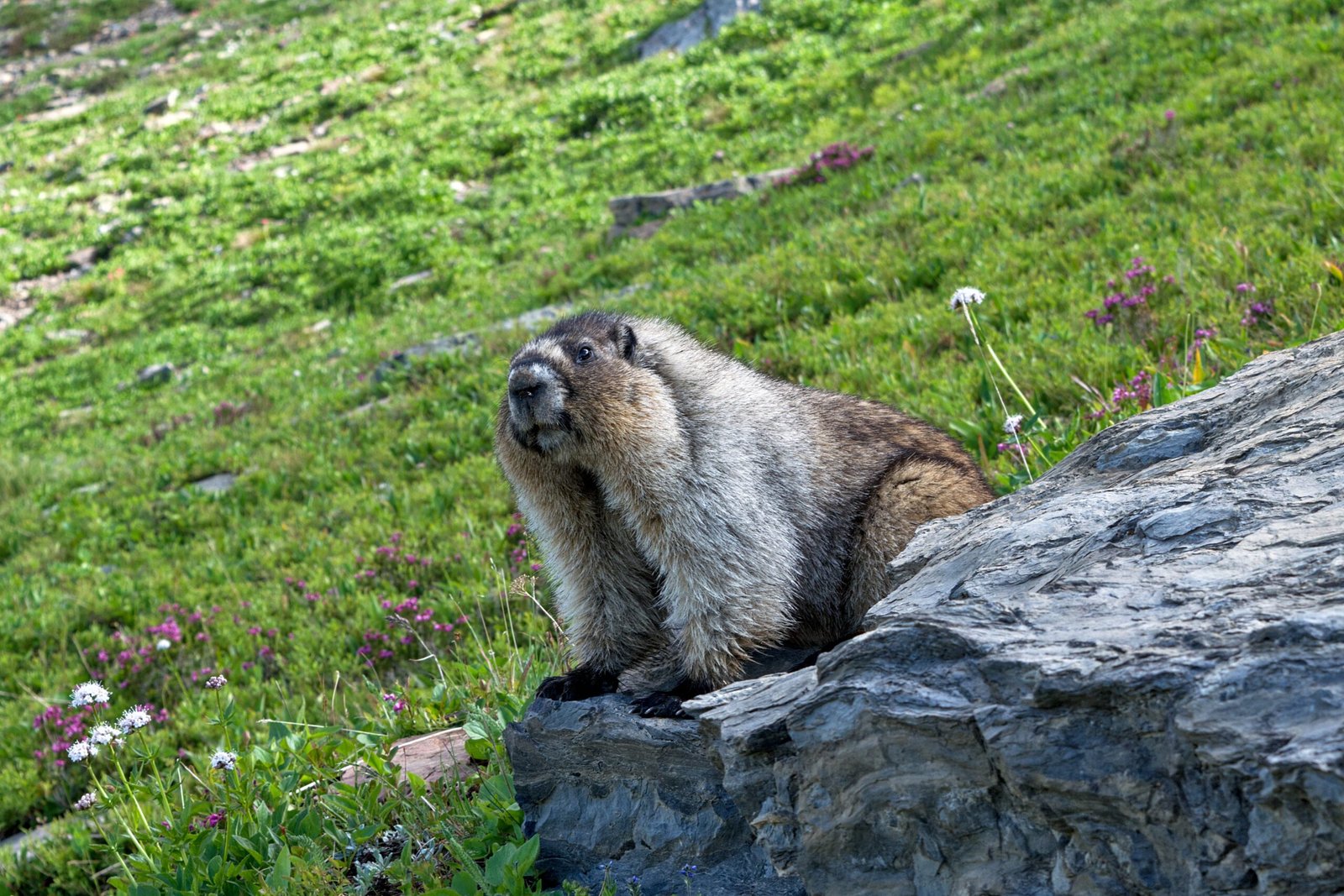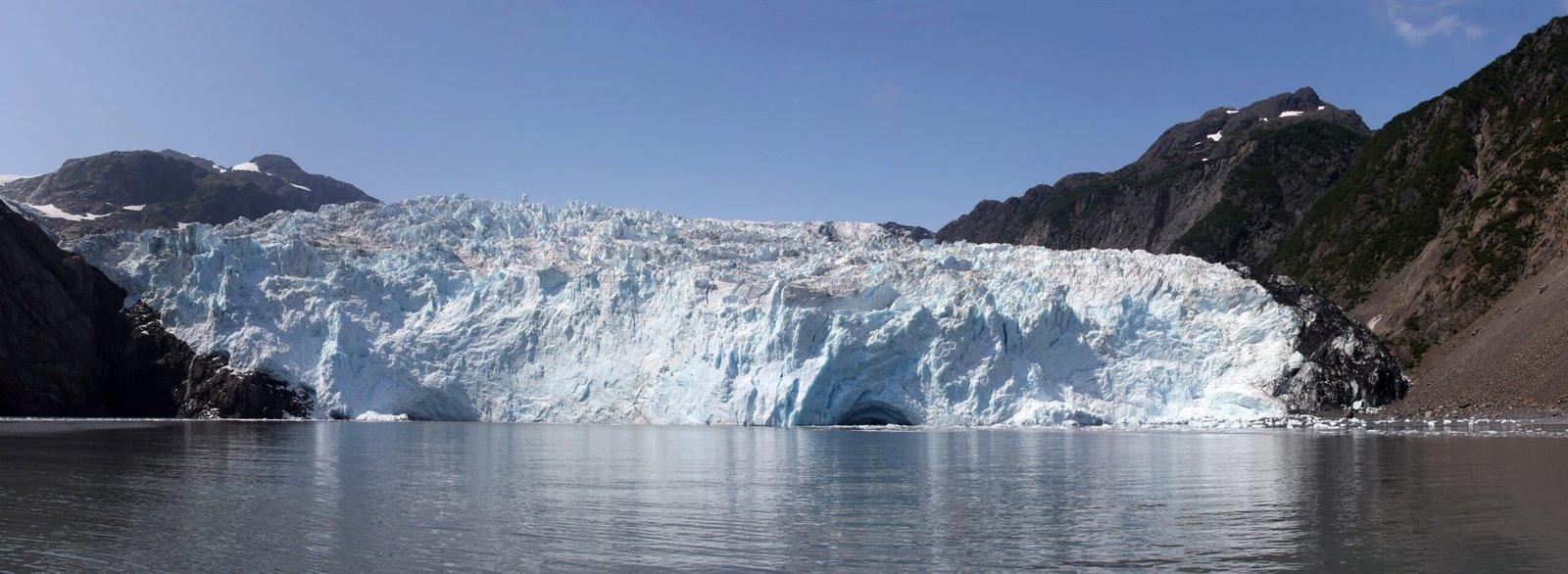Glacier National Park camping rules encompass a comprehensive set of guidelines designed to protect the park’s pristine environment and ensure visitor safety. These regulations cover various aspects of camping, including site selection, duration of stay, group size limits, and wildlife safety measures. Campers must adhere to designated campground areas, observe quiet hours, and follow strict food storage protocols to minimize human-wildlife conflicts. Understanding and following these rules is crucial for a safe and enjoyable camping experience in this iconic national park.
What Are the General Camping Regulations in Glacier National Park?

Camping in Glacier National Park is subject to several important regulations that all visitors must follow:
-
Designated Campgrounds Only: Camping is permitted exclusively in designated campgrounds throughout the park. This rule helps protect the natural environment and ensures visitor safety.
-
No Utility Hook-ups: The park does not provide utility hook-ups for RVs or trailers. Connections to water, sewer, or electrical outlets are strictly prohibited.
-
Campsite Capacity Limits:
- Maximum of 8 people per site
- Up to 2 vehicles allowed per site
-
No more than 2 tents per site
-
Length of Stay Restrictions:
- July 1 to Labor Day: 14-day limit
-
Labor Day to June 30: 30-day limit
-
Quiet Hours: All campers must observe quiet hours from 10 pm to 6 am to minimize disturbance to wildlife and other visitors.
-
Generator Use: Generators are allowed only during specific time windows:
- 8 am to 10 am
- 12 pm to 2 pm
- 5 pm to 7 pm
-
Some campgrounds offer generator-free sites for those seeking a quieter experience
-
Pet Regulations:
- Pets must be leashed (maximum 6-foot leash) or physically restrained at all times
- Pet owners are responsible for cleaning up after their animals and properly disposing of waste
These regulations are designed to maintain the park’s natural beauty, protect wildlife, and ensure a positive experience for all visitors.
What Are the Rules for Backcountry Camping in Glacier National Park?

Backcountry camping in Glacier National Park offers a unique wilderness experience but comes with its own set of rules and requirements:
- Permit Requirement: All backcountry camping requires a permit, which can be obtained through:
- Recreation.gov
-
Contacting the Wilderness Permit Center directly
-
Winter Wilderness Camping: For camping between November 1 and April 30, permits must be obtained electronically in advance, typically 3-7 days before the trip.
-
Group Size Limits:
-
Maximum of 12 persons per group for winter backcountry camping
-
Length of Stay:
-
Two-night limit at any single backcountry location
-
Permit Possession: Campers must have their backcountry use permit in their possession at all times while in the backcountry.
-
Fees: While specific costs for backcountry permits are not mentioned, general camping fees apply.
Adhering to these rules helps preserve the pristine nature of Glacier’s backcountry and ensures a safe experience for all adventurers.
What Are the Campfire Regulations in Glacier National Park?
Campfires are an integral part of the camping experience, but they come with specific rules in Glacier National Park:
-
Designated Fire Rings: Campfires are only permitted in designated fire rings provided by the park.
-
Firewood Collection: Gathering or cutting firewood within the park is prohibited, except in specifically designated areas.
-
Firewood Availability: Campers can purchase firewood at most camp stores within the park.
-
Fire Safety:
- No specific fire size limits are mentioned, but fires should be kept manageable
- Fires must be fully extinguished before being left unattended
-
Burning waste in fire rings is strictly prohibited
-
Litter Control: Campers must not leave any litter around their campsite or fire ring
These regulations are crucial for preventing wildfires and maintaining the park’s natural beauty.
How Should Campers Handle Food Storage to Ensure Wildlife Safety?
Proper food storage is critical in Glacier National Park to prevent wildlife encounters and protect both animals and humans:
- Secure Storage Requirements: All food, lawfully taken fish, garbage, and cooking equipment must be stored in one of the following ways:
- Sealed in a vehicle
- Inside a solid-material camping unit
- Suspended from an NPS-designated food hanging device
- Secured in an NPS-designated storage locker
-
Stored in an Interagency Grizzly Bear Committee (IGBC) approved bear-resistant container
-
Cooler Precautions: Standard coolers are not considered bear-proof and should not be used for overnight food storage.
-
Additional Attractants: Pet food, toiletries, and other scented items must also be stored securely.
-
Consequences: Violation of food storage regulations can result in fines and/or confiscation of improperly stored items.
-
Wildlife Awareness: Campers should be aware of the presence of grizzly and black bears, mountain lions, and other wildlife in the park.
| Item Type | Proper Storage Method |
|---|---|
| Food | Vehicle, solid camping unit, hanging device, storage locker, or bear-resistant container |
| Garbage | Same as food |
| Cooking Equipment | Same as food |
| Pet Food | Same as food |
| Toiletries | Same as food |
| Coolers | Not suitable for overnight storage |
By following these guidelines, campers can significantly reduce the risk of wildlife encounters and contribute to the safety of both humans and animals in the park.
What Additional Tips Can Enhance the Camping Experience in Glacier National Park?
To make the most of your camping trip in Glacier National Park, consider the following tips:
- Reservation Planning:
- Book campsites well in advance, especially for peak summer months
-
Be flexible with dates and campground choices
-
Weather Preparedness:
- Pack for variable weather conditions, including rain gear and warm layers
-
Check weather forecasts regularly before and during your trip
-
Leave No Trace Principles:
- Pack out all trash and leftover food
- Use biodegradable soap for washing
-
Stay on designated trails to minimize impact on vegetation
-
Wildlife Viewing:
- Carry binoculars for safe wildlife observation from a distance
-
Never approach or feed wildlife
-
Campground Amenities:
- Research the specific amenities available at your chosen campground
-
Some campgrounds offer ranger programs, which can enhance your experience
-
Water Conservation:
- Bring reusable water containers to minimize plastic waste
-
Use water sparingly, especially in more remote campgrounds
-
Night Sky Enjoyment:
- Bring red-light flashlights to preserve night vision for stargazing
- Check for any astronomy programs offered by the park
By following these tips along with the official Glacier National Park camping rules, visitors can ensure a safe, enjoyable, and environmentally responsible camping experience in one of America’s most beautiful national parks.